Few food items are more synonymous with summertime in Rochester than the White Hot. Though Zweigle’s is the most famous manufacturer of the local delicacy, it was first produced by a lesser-known company.
The details of the White Hot’s origin story lie largely with the recollections of Frederick Tobin, the first president of the Tobin Packing Company (formerly the Rochester Packing Company). According to the meat magnate, the iconic tubular treat was first dispensed at the Front Street establishment of the Ottman Brothers.
Brothers George J. and John J. Ottman were the sons of German immigrant, Joseph Ottman. Born in Hammelburg in 1846, the elder Ottman began working as a clerk at a Front Street meat market in 1870, before establishing his own sausage shop, J. Ottman’s, on the same street in 1875.
The following 1875 Plat Map shows Ottman’s shop at 30 Front Street. The street would later be renumbered, with the shop taking on the address of 45 Front Street.
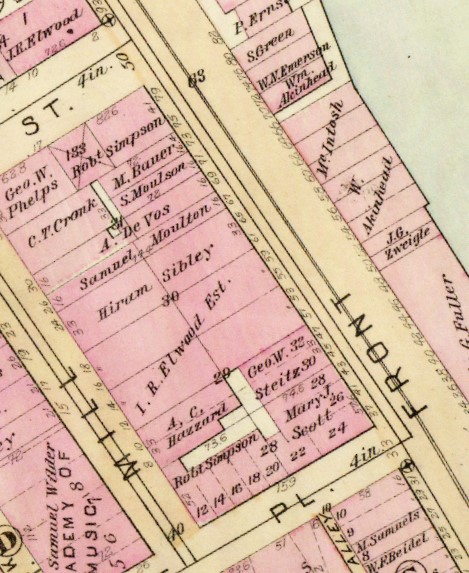
Just two years after setting up shop, Ottman unfortunately suffered an untimely death at the age of 31.
His market was taken over by fellow German immigrant August Muiso, who ran the establishment as a combination butcher shop and saloon. Merging these two businesses was a common practice on Front Street.
The same block that housed the Ottman property also featured the sausage-making saloons of Caspar Wehle and John G. Zweigle (not to be confused with C. Wilhelm Zweigle, who founded the current company of the same name). Such shops typically offered customers sausages as a free meal to accompany their adult beverages.
By the 1890s, Joseph Ottman’s sons, George and John, had begun working in the butcher shop formerly belonging to their father, which at that time was being run by yet another German émigré, Vincent Gruner. The brothers would assume ownership of the establishment and return their family name to 45 Front Street in 1905.
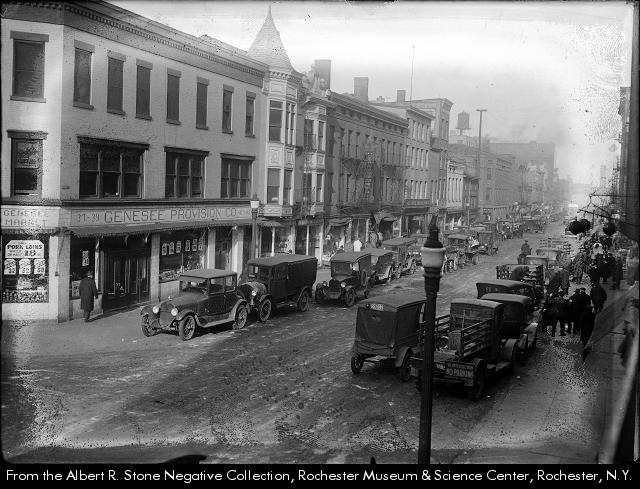
The Ottman Brothers eventually set themselves apart from the other beer and brat dispensaries on Front Street with a recipe that, according to Frederick Tobin, had been brought over from Germany.
It isn’t known whether Joseph Ottman had also produced this type of sausage during his brief time as a butcher in the 1870s before his sons began manufacturing the meat treat in Rochester years later.
Their new sausage variety became known as the White Hot on account of its whitish-grey color. The hue was not a result of the type of meat the hot contained (which included veal, pork, and beef), but due to the fact that the meat was uncured.
The Ottmans doled out White Hots as free lunches in their butcher shop/saloon, but they soon became so popular that customers began ordering the sausages to take home. The brothers then started manufacturing them in greater quantities and selling them at local stands and stores to the delight of Rochesterians across the city. Other area butchers, recognizing the White Hot trend, followed suit.
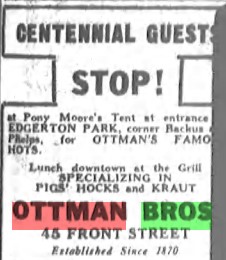
By 1921, when Frederick Tobin became president of his meat-packing company, White Hots were all the rage in Rochester.
Tobin himself wasn’t initially impressed with the product, namely since at the time, the commercially-produced hots contained stale bread as one of their ingredients. He attempted to stop his firm from manufacturing the sausages, but his salesmen protested, claiming that local dealers said they’d refuse to buy the company’s red hots if they could no longer purchase the white variety as well.
Tobin then resumed White Hot production, but replaced the stale bread with fresh bread. This formulation continued until Tobin was informed by government food inspectors that manufacturers would have to label any meat link containing bread as imitation sausage. The recipe was tweaked, and the White Hot assumed its current incarnation.
The site of the White Hot’s creation, 45 Front Street, went on to become a restaurant and jazz club in the years following the deaths of John and George Ottman (in 1933 and 1947, respectively), before it was torn down along with the bulk of Front Street in the 1960s as part of an urban renewal initiative.
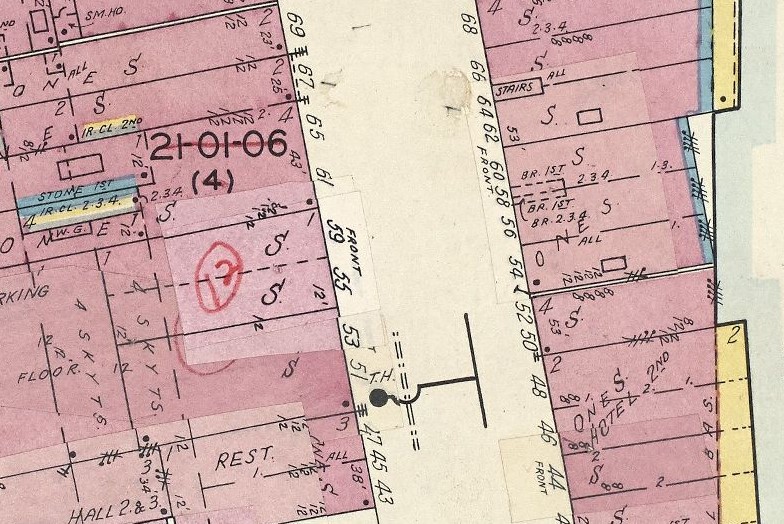
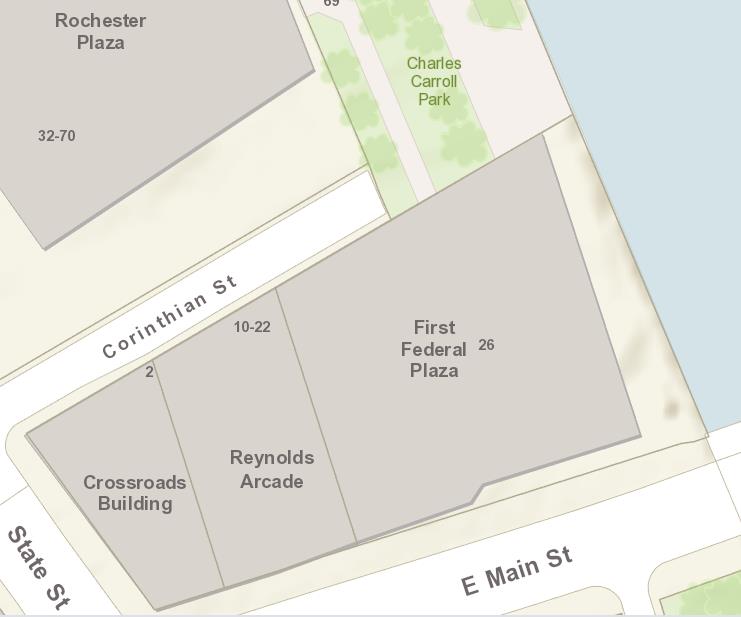
Though the White Hot’s birthplace is long gone, the meat link’s legacy in the Rochester region remains.
-Emily Morry
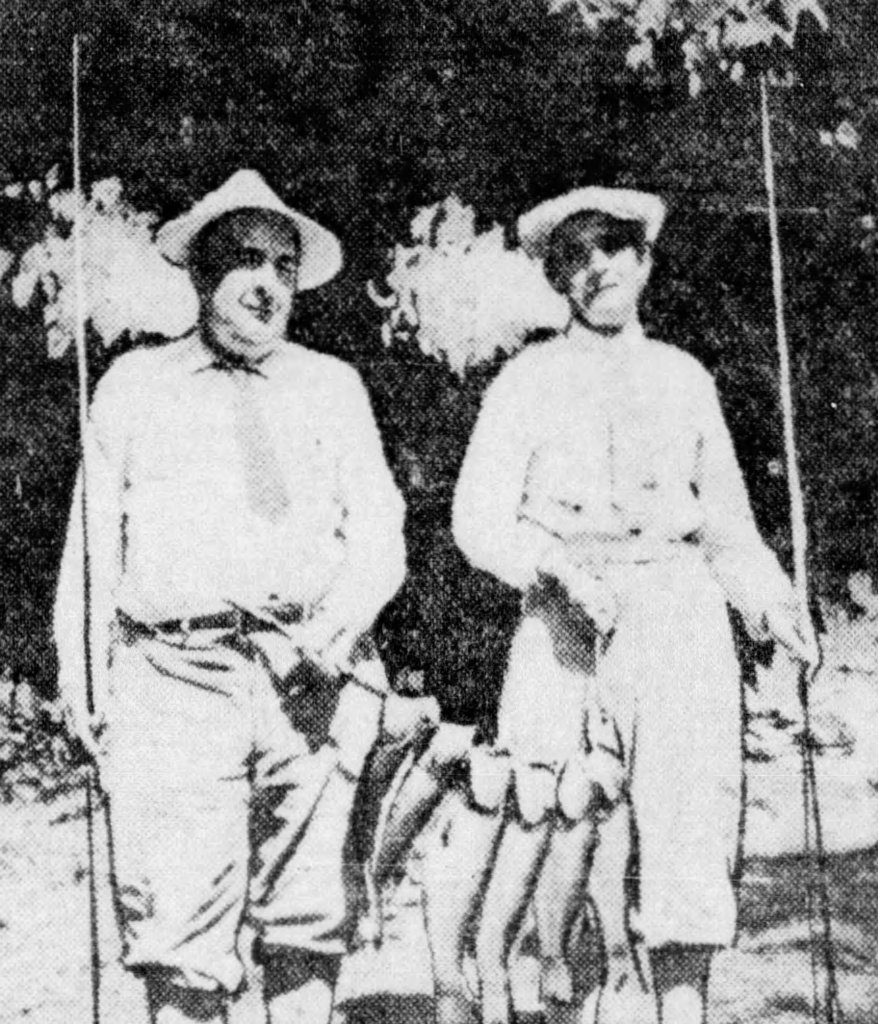
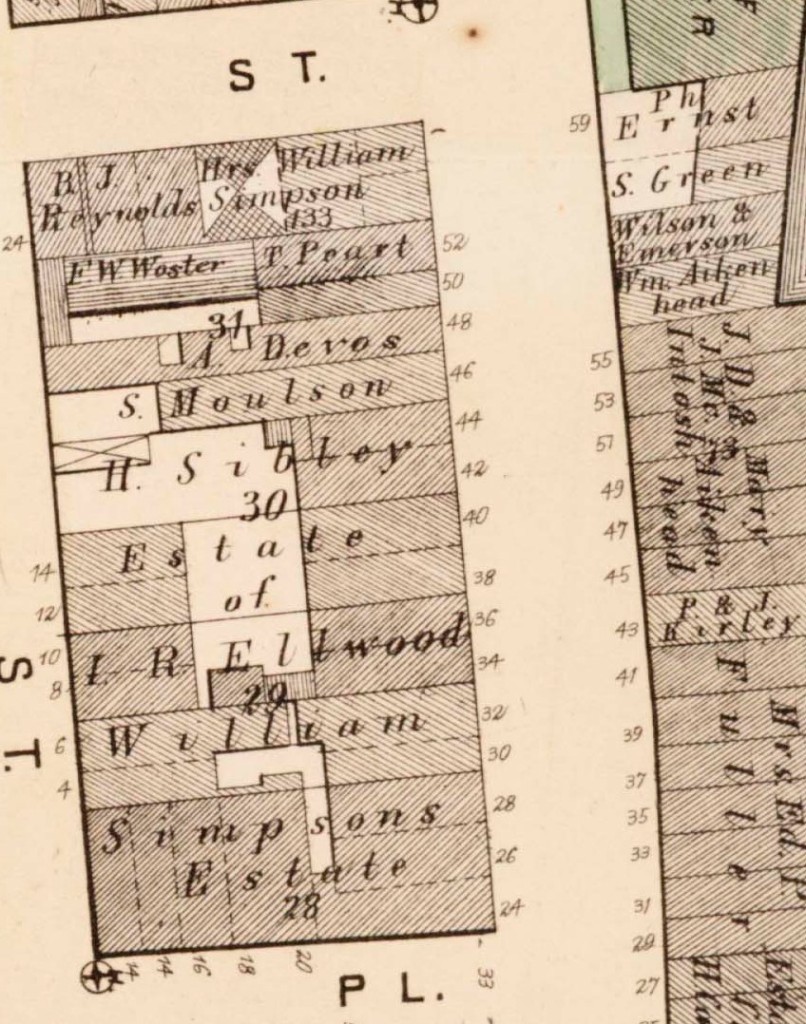
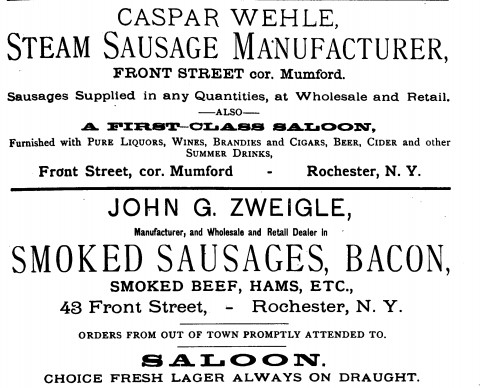
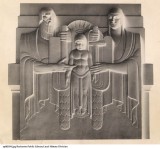
[…] Rochester (No. 7) stands out as the only top-20 city with a population below 300,000. Famous for white hots, Rochester boasts the 3rd-highest Access to hot dog vendors. Other Upstate underdogs include Troy […]
Hi Emily,
I have seen numerous articles crediting Max Russer for inventing the white hot..he came from bavaria where the weisswurst came from, he changed a few ingredients and came up with the white hot dog and sold it from his meat market on maple and jay street
HI Mark. Thanks for your comment! My research revealed that according to Max Russer’s son, Robert Russer, the Russer company was one of the first to make white hots in Rochester, but not THE first.
Hi Emily,
I beg to differ still, I cant remember where I read it , it might have been Clune or Arch Merril, But I also saw a picture with Max Russer with the caption being”inventor of the white hot”
but alas, we will probably be the only 2 people on earth arguing on who came up with it first.
The story I read was the older Max Russer came here from bavaria with junior max in tow and worked at zwiegles until he opened up his own shop on ames.. first store is listed as 1892 in the rochester city directory. The elder Max Died in 1908, then the younger max took over.
(Lockwood C Doty history of genesee country volume 4 , Pages 814-816)
What we can Agree upon is that it was invented here between 1900 and 1921 when tobin bought into the Rochester Packing Company.
whats funny is soon after Tobin bought into it, since it wasnt trademarked, soon after Hoffmans in Syracuse was doing it and a few others by that time.
Nothing against Tobins, as I have had Tobins white hots in the past, but this is business, and I have also read a story where his story is alleged. It wouldnt be the first time a madeup back story is used to steal the recipe and make your own product.
Anyway, I came across this while searching for the inventor of Rochester meat hot sauce, Im leaning closer to Dons original at the lake, But Ackermans was just as good, Jim and ralphs on buffalo road was a little to spicy for me.
Also You have a great body of work! Good Job!
What are your thoughts on E.G. Squier
heres one link, I will find more
https://westsidenewsny.com/pastarchives/OldSite/westside/news/2004/0125/features/theultimate.html